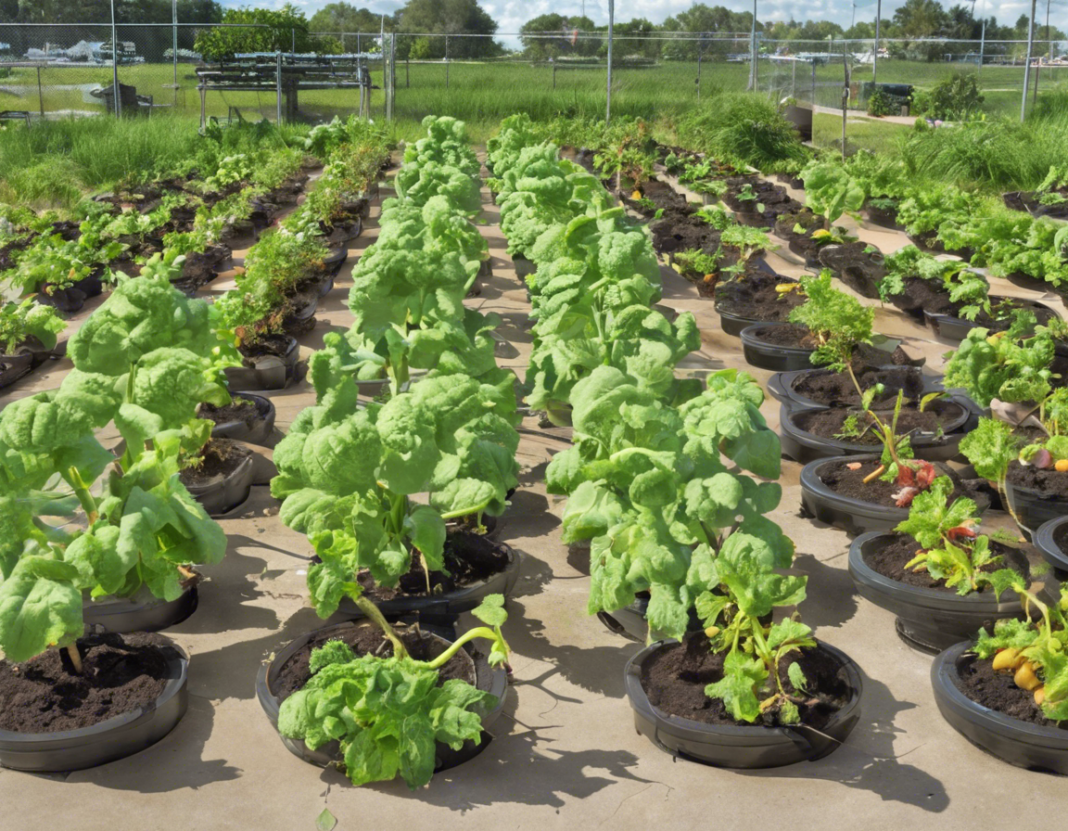Introduction
When it comes to growing healthy plants in Lakeland, a city located in the heart of Florida’s peninsula and known for its hot and humid climate, there are a few key factors to consider. With the right knowledge and techniques, you can create a thriving garden or landscape that can withstand the unique challenges posed by the local environment. In this comprehensive guide, we will explore the best practices for cultivating robust and vibrant plants in Lakeland.
Understanding the Climate in Lakeland
Lakeland, like the rest of Florida, experiences a subtropical climate characterized by long, hot summers and mild winters. The city receives ample rainfall throughout the year, with the wet season typically lasting from May to October. The high humidity levels and intense sunlight can pose challenges for plant growth, but with proper care, you can successfully cultivate a wide variety of plant species in this environment.
Selecting the Right Plants
When gardening in Lakeland, it is essential to choose plant varieties that are well-suited to the local climate. Native plants, in particular, are a great choice as they have evolved to thrive in the region’s conditions. Some popular native plants in Lakeland include beautyberry, firebush, coontie, and muhly grass. These plants require less water and maintenance compared to exotic species, making them a sustainable and low-maintenance option for your garden.
Soil Preparation and Maintenance
Before planting, it is crucial to assess the quality of your soil and make any necessary amendments to ensure optimal plant growth. In Lakeland, the soil is generally sandy and low in organic matter, which can impact nutrient availability for plants. Incorporating organic matter such as compost or peat moss into the soil can improve its structure and fertility. Regular mulching is also essential to retain moisture, suppress weeds, and regulate soil temperature.
Proper Watering Techniques
One of the most common mistakes gardeners make in Lakeland is overwatering their plants. While the city receives significant rainfall, it is essential to monitor the moisture levels in your soil and water your plants accordingly. Deep, infrequent watering is preferable to frequent, shallow watering as it encourages deep root growth and drought tolerance. Consider installing a drip irrigation system to deliver water directly to the roots and minimize water wastage.
Fertilization and Nutrient Management
Due to the sandy nature of the soil in Lakeland, nutrients can leach quickly, affecting plant health and growth. Regular fertilization is essential to provide plants with the nutrients they need to thrive. Opt for slow-release fertilizers to avoid nutrient runoff and ensure a steady supply of nutrients over time. Conduct a soil test annually to determine any nutrient deficiencies and adjust your fertilization regimen accordingly.
Pest and Disease Control
The warm and humid climate in Lakeland creates ideal conditions for pests and diseases to thrive. To protect your plants, practice good garden hygiene by removing any debris or dead plant material that can harbor pests and pathogens. Consider using natural predators or organic pesticides to manage pest populations effectively while minimizing harm to beneficial insects and the environment.
Seasonal Care and Maintenance
In Lakeland, where the growing season extends throughout the year, it is essential to adapt your gardening practices to the changing seasons. Monitor temperature fluctuations and weather patterns to protect your plants from extreme conditions such as frost or heatwaves. Regularly prune your plants to promote healthy growth and flowering, and deadhead spent blooms to encourage continuous blooming.
Creating a Sustainable Garden
To promote environmental sustainability in your garden, consider implementing water-saving techniques such as rainwater harvesting or xeriscaping. Companion planting can help deter pests and attract beneficial insects, reducing the need for chemical controls. Embrace biological diversity by incorporating a variety of plant species to support local wildlife and create a resilient ecosystem.
Frequently Asked Questions (FAQs)
1. What are the best plants to grow in Lakeland’s hot and humid climate?
– Native plants like beautyberry, firebush, coontie, and muhly grass are well-suited to Lakeland’s climate.
2. How often should I water my plants in Lakeland?
– Monitor soil moisture levels and water deeply but infrequently to encourage deep root growth.
3. How can I protect my plants from pests and diseases in Lakeland?
– Practice good garden hygiene, use natural predators, and consider organic pesticides to manage pest populations.
4. When is the best time to fertilize plants in Lakeland?
– Fertilize plants in the spring and fall using slow-release fertilizers to provide steady nutrient supply.
5. What are some sustainable gardening practices I can adopt in Lakeland?
– Consider water-saving techniques, companion planting, and promoting biological diversity to create a sustainable garden ecosystem.
Conclusion
By following these tips for growing healthy plants in Lakeland, you can create a vibrant and thriving garden that can withstand the challenges posed by the city’s unique climate. From selecting the right plants to implementing sustainable gardening practices, there are many ways to cultivate a beautiful and resilient garden in Lakeland. With proper care and attention, your plants will flourish and bring joy and beauty to your outdoor space.




